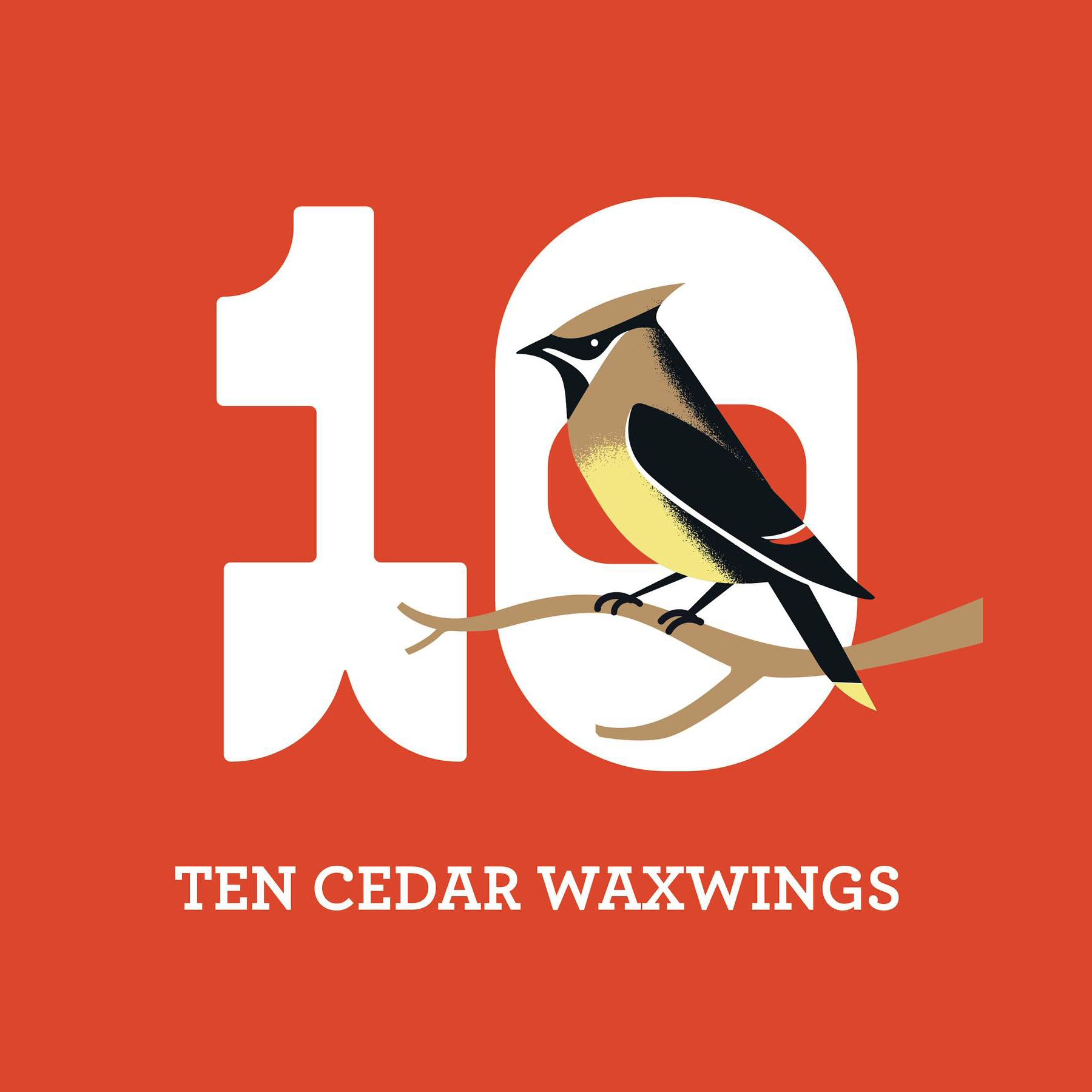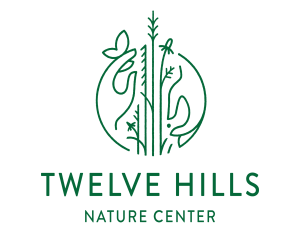
The Ramos family, longtime Kings Highway residents, has deep roots in Oak Cliff. Mom Mayra — born and raised barely a block from the nature center — remembers when Twelve Hills and the adjacent Rosemont campus were still apartments. Now, her oldest daughter is beginning to learn about the local ecology through Twelve Hills’ nature programming during school. Who knows? Maybe one day she’ll join the 5th-grade Nature Leaders, teaching other students (and her whole family!) about the Blackland Prairie while leading walks through the nature center!
It’s around this time each year that we begin to see cedar waxwings—sleek, social songbirds with brown plumage, a black mask, and a bright yellow tail tip. Their nomadic nature means their winter movements vary, but they’re drawn to Texas for its winter fruit from native trees and shrubs like possumhaw, yaupon, cedar, and hackberry. Waxwings eat berries whole, playing a critical role in seed dispersal by spreading seeds across the prairie. 🌱🍇
However, their love for berries can pose risks. Invasive Nandina berries, which contain cyanide-producing compounds, are toxic to birds when eaten in large quantities. Planting native species not only protects cedar waxwings but supports the entire prairie ecosystem.
While much of the Blackland Prairie rests in winter, waxwings stay busy fueling up on berries and helping native shrubs and trees regenerate. Their role ensures vital plants thrive, creating food and shelter for countless other species.
With less than 1% of the Blackland Prairie left, protecting these berry-producing plants is more important than ever. Let’s preserve this unique ecosystem for birds like cedar waxwings and the wildlife that depends on them. Watch for these colorful winter visitors—they’re doing more for the prairie than meets the eye!



